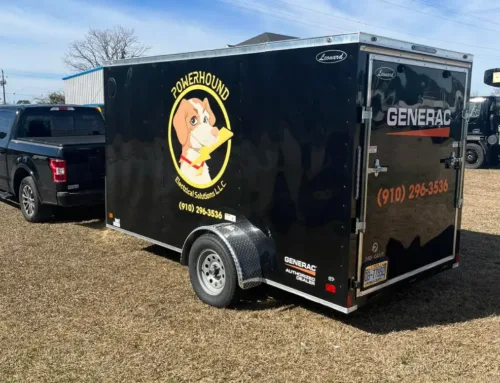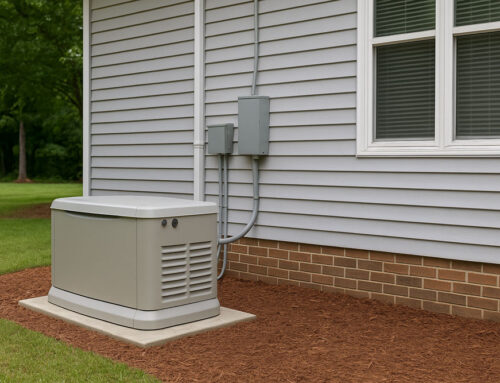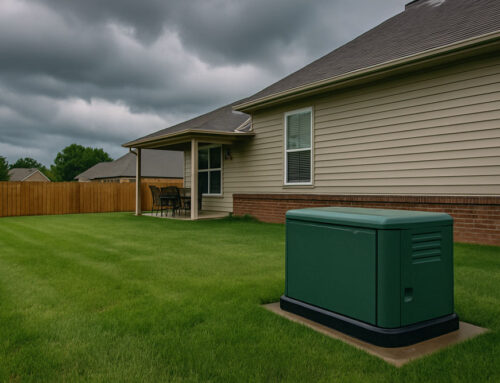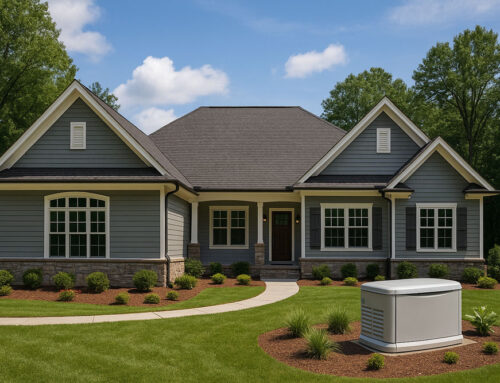Investing in a whole-home generator is a smart move—especially in North Carolina where storms, hurricanes, and surprise outages are part of life. But many homeowners don’t know what the installation process actually involves. Understanding what to expect helps make the experience smoother, faster, and more reassuring.
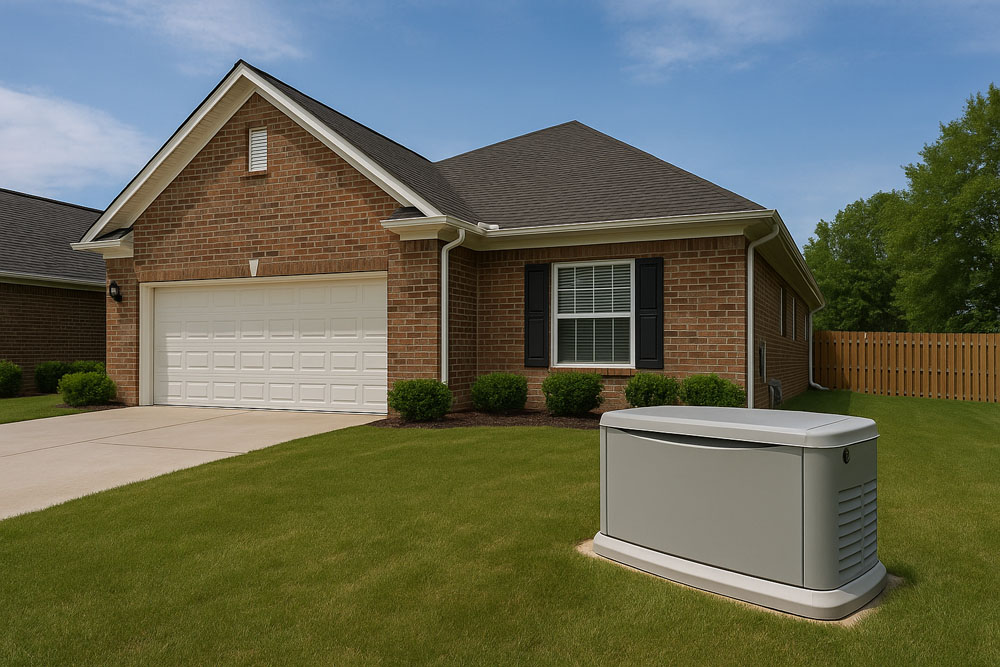
We walk every client through a clear, structured process so there are no surprises. Our goal is to handle every detail professionally while keeping you informed from start to finish.
It all starts with an on-site evaluation. We assess your home’s layout, electrical panel, and existing power demand to determine the right size generator. We also evaluate fuel access—either natural gas or propane—and choose an appropriate location that’s safe, quiet, and compliant with all codes. This first step is critical because it ensures the system will perform efficiently and legally.
Next, we handle permitting. Generator installations require permits from your local municipality or county. Our team takes care of all applications and coordinates with inspectors. Skipping this step or doing it improperly can delay installation or result in fines later. With us, it’s handled seamlessly.
Installation day begins with preparing the site. We pour a concrete or composite pad to support the generator, ensuring it’s level and meets all flood or elevation requirements. Once cured, the generator unit is set in place. From there, our licensed electricians and gas technicians begin wiring and fuel line installation.
Electrical connections are made using a transfer switch, which safely separates your home from the grid when the generator is running. This prevents dangerous backfeeding and ensures the generator powers only your home. The switch is wired to your main panel so the system can deliver power to critical loads—or the whole house, depending on the configuration you choose.
We also coordinate with your propane or gas provider to ensure the fuel supply is properly sized and connected. All gas fittings are pressure-tested and certified, and our team follows strict protocols for safety and ventilation.
After connections are complete, we run full diagnostics and load tests. We simulate an outage to ensure the generator starts automatically, transfers power correctly, and returns to standby mode once utility service is restored. This test gives you confidence that everything is working exactly as it should.
You’ll also receive a walkthrough of the system. We explain how the automatic transfer switch works, what the weekly self-tests sound like, and how to recognize system alerts. While these generators are designed to operate automatically, we make sure you’re familiar with all basic functions and indicators.
We finish by registering your generator with the manufacturer to ensure your warranty is active. We also offer maintenance plans that include semi-annual service checks, oil changes, battery testing, and system diagnostics.
From start to finish, installation usually takes 1 to 2 days depending on your setup. Because we manage everything—permits, electrical work, fuel coordination, and testing—you don’t have to juggle multiple contractors or vendors.
There are a few things homeowners can do to prepare:
- Make sure we have clear access to the installation site
- Let us know of any buried lines or landscaping concerns
- Be ready for a brief utility shut-off during final electrical integration
With professional installation, your new generator becomes a silent safeguard—ready to keep your home running no matter what the weather brings. It’s not just about power—it’s about peace of mind.
Contact Powerhound at (910) 296-3536 or visit our Facebook page to schedule your generator installation and find out how easy the process can be.
#GeneratorInstallProcess #WholeHomeBackup #PowerhoundService

